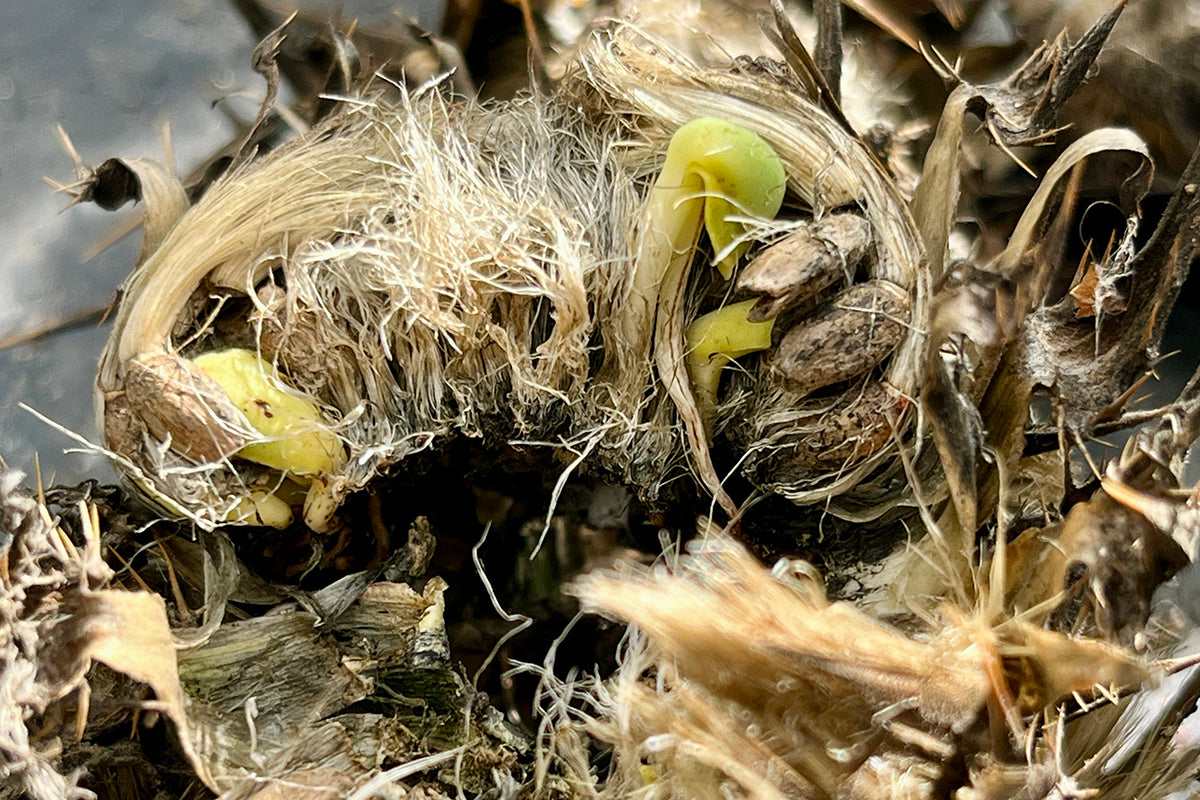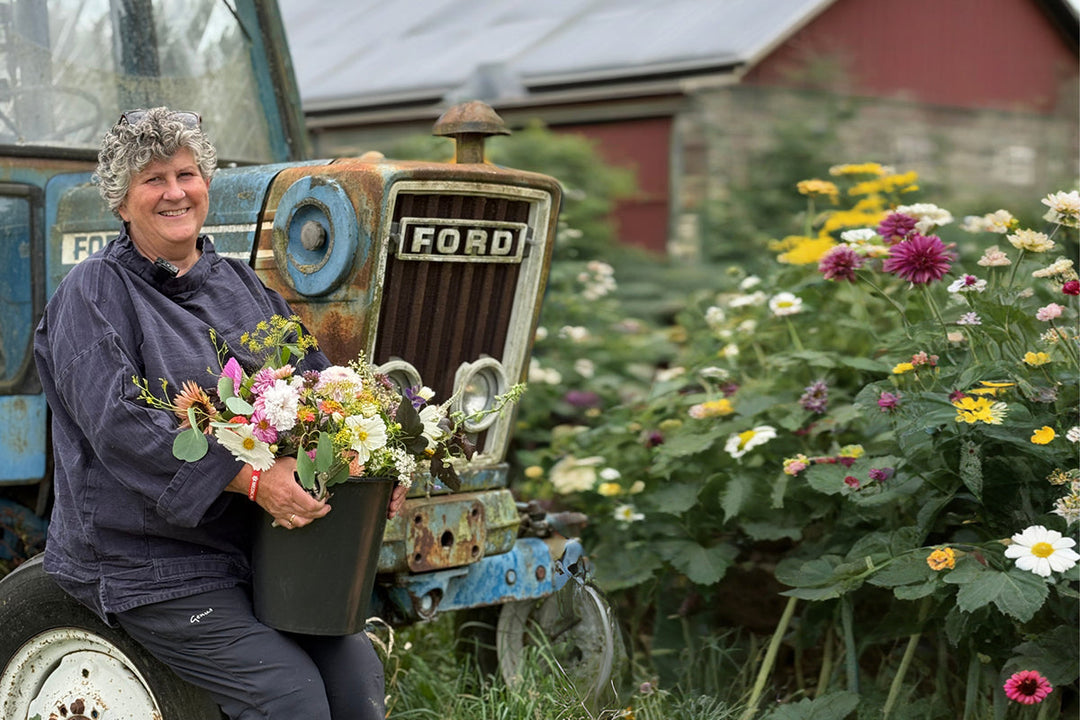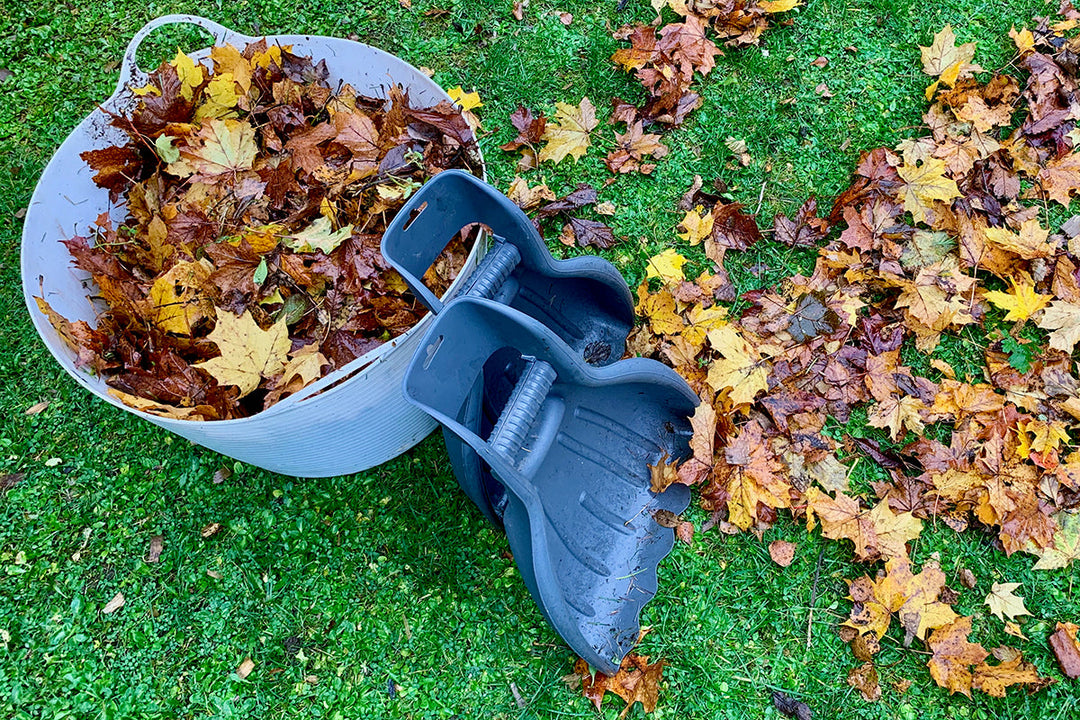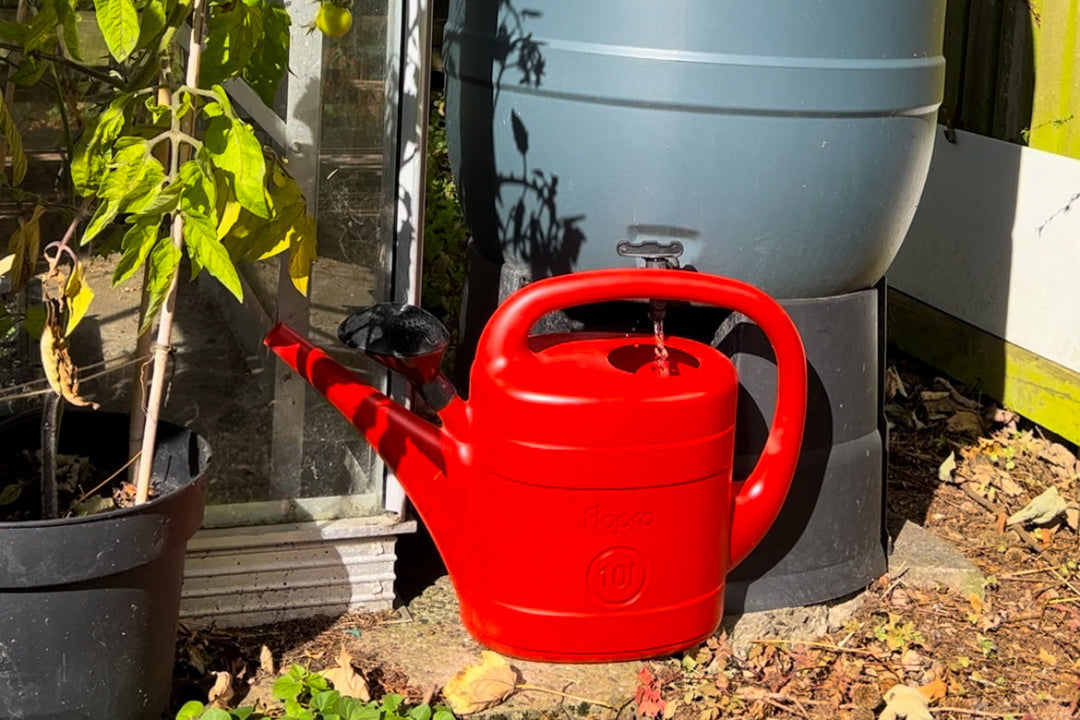Super spuds! The joy of choosing potato varieties
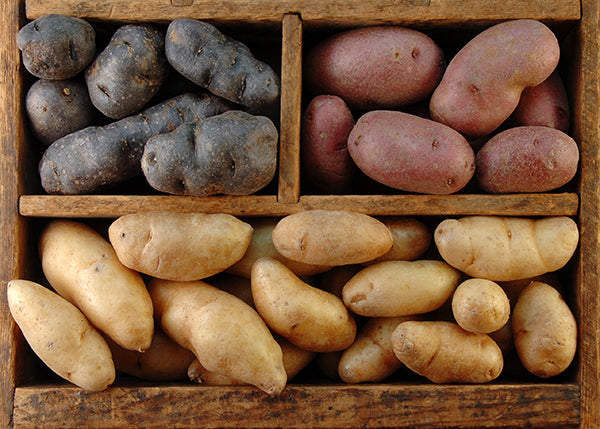
February and March are traditional months to start chitting potatoes particularly those early varieties like Orla, Arran Pilot and Pentland Javelin, once the threat of hard frosts has past. Gardeners led the way in maintaining and bringing back some of the many ‘heritage’ varieties of potato that we used to grow in Britain. Before the 1950’s it was quite usual to find tens of different varieties in gardens, allotments and the local grocers. Modern production techniques and the demands of the supermarkets drove the decline to reliance on just a few commercial varieties. Conserving and storing potato genes has become a major concern not just in Britain but throughout the world, as so many people rely on the potato as a key staple in their diets. Collections of old varieties may hold the key to better taste and nutritional characters, but also to disease resistance and the ability to withstand different kinds of environmental conditions. All of this is important in the light of climate change and increasing consumer demand. You'll never think potatoes should be huge, round and white ever again!





